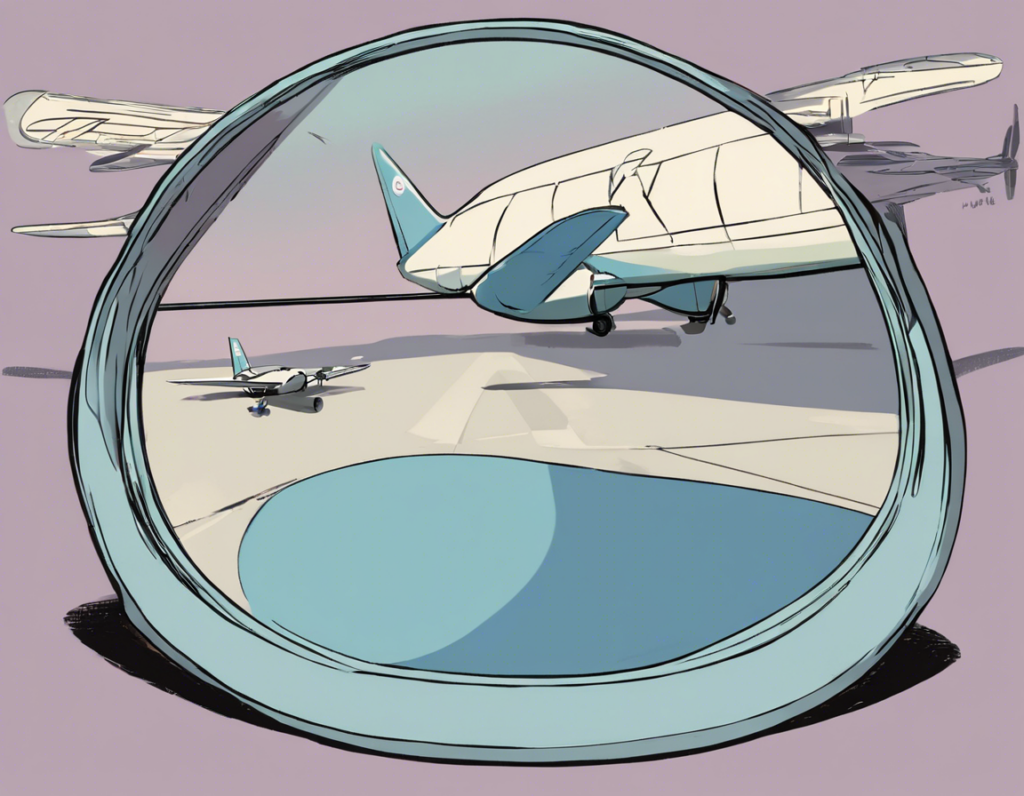Introduction
Plane mirrors are simple yet fascinating optical devices we encounter daily. These mirrors provide a reflection of our surroundings and have various applications in our daily lives, ranging from personal grooming to industrial uses. Understanding the functions and properties of plane mirrors can help us appreciate their importance and utility. In this article, we will explore in depth the various aspects of plane mirrors, including how they work, their applications, and the physics behind reflection.
How Does a Plane Mirror Work?
A plane mirror, also known as a flat mirror, is a smooth reflecting surface in which light rays are reflected without distortion. When light strikes the surface of a plane mirror, the angles of incidence and reflection are equal. This phenomenon, known as the law of reflection, states that the incident ray, the normal (a line perpendicular to the mirror’s surface at the point of incidence), and the reflected ray all lie in the same plane. The angle of reflection (θr) is equal to the angle of incidence (θi), as shown in the diagram below:
[Diagram showing the law of reflection in a plane mirror]
This property of plane mirrors allows them to produce virtual images that appear behind the mirror at the same distance as the object is in front of it. Virtual images are formed when the reflected rays diverge but appear to converge when traced backward. These images cannot be projected onto a screen but are visible to an observer looking into the mirror. The size and orientation of the virtual image are the same as that of the object being reflected.
Properties of Plane Mirrors
-
Reflection: Plane mirrors reflect light without changing the size or shape of objects.
-
Virtual Image Formation: Plane mirrors produce virtual images that are upright and laterally inverted.
-
Equal Angles: The angles of incidence and reflection are equal, following the law of reflection.
-
Distance: The distance between an object and its virtual image in a plane mirror is the same as the object’s distance from the mirror.
Applications of Plane Mirrors
-
Personal Grooming: Plane mirrors are commonly used in bathrooms and dressing rooms for tasks such as shaving, applying makeup, and styling hair.
-
Periscopes: Periscopes use multiple plane mirrors to allow users to see over obstacles or around corners, commonly used in submarines, armored vehicles, and observational equipment.
-
Optical Instruments: Plane mirrors are used in various optical instruments, including microscopes, telescopes, and laser systems, for directing and reflecting light.
-
Entertainment: In amusement parks and haunted houses, distorted mirrors often use curved versions of plane mirrors to create funhouse effects.
-
Security and Surveillance: Plane mirrors are used in security systems and surveillance cameras to expand the field of view without physically moving the camera.
Physics of Reflection in Plane Mirrors
The reflection of light from a plane mirror can be explained by the wave nature of light. When light waves strike the surface of a plane mirror, they are partially absorbed and partially reflected. The reflected waves interfere with each other, following the principle of superposition. This interference results in regular reflection, where the reflected waves are coherent and maintain the phase relationship with the incident waves.
From a quantum mechanics perspective, the reflection of light can be described in terms of photons. Photons are particles of light that exhibit wave-particle duality. When photons strike the surface of a plane mirror, they are either absorbed by the atoms in the mirror or reflected based on the interaction between the electromagnetic field of light and the electrons in the mirror material.
Advantages of Plane Mirrors
-
Cost-Effective: Plane mirrors are simple to manufacture and are relatively inexpensive compared to other types of mirrors.
-
Low Maintenance: Plane mirrors do not have moving parts or complex mechanisms, making them low maintenance and durable.
-
Versatile: They can be used in a wide range of applications, from personal use to scientific and industrial settings.
-
Non-Distorting Reflection: Plane mirrors provide a true reflection of objects without distortion.
FAQs about Plane Mirrors
- Do plane mirrors produce real images?
No, plane mirrors produce virtual images that cannot be projected onto a screen.
- Why do objects appear laterally inverted in plane mirrors?
The lateral inversion in plane mirrors is a result of how light rays reflect off the mirror surface.
- Can plane mirrors magnify objects?
No, plane mirrors produce virtual images that are the same size as the objects being reflected.
- Are plane mirrors used in solar energy applications?
Yes, plane mirrors are used in solar energy systems to reflect and concentrate sunlight onto solar panels or receivers.
- How does the quality of a mirror’s surface affect reflection?
A smooth, polished surface is essential for clear and undistorted reflection in plane mirrors.
Conclusion
In conclusion, plane mirrors are essential optical devices with diverse applications in our daily lives and various fields. Understanding the principles of reflection and the properties of plane mirrors can deepen our appreciation for these simple yet versatile tools. From personal grooming to scientific instruments, plane mirrors play a significant role in reflecting our world back to us with precision and clarity. Through their unique properties, plane mirrors continue to serve us in myriad ways, making them indispensable components of modern society.
